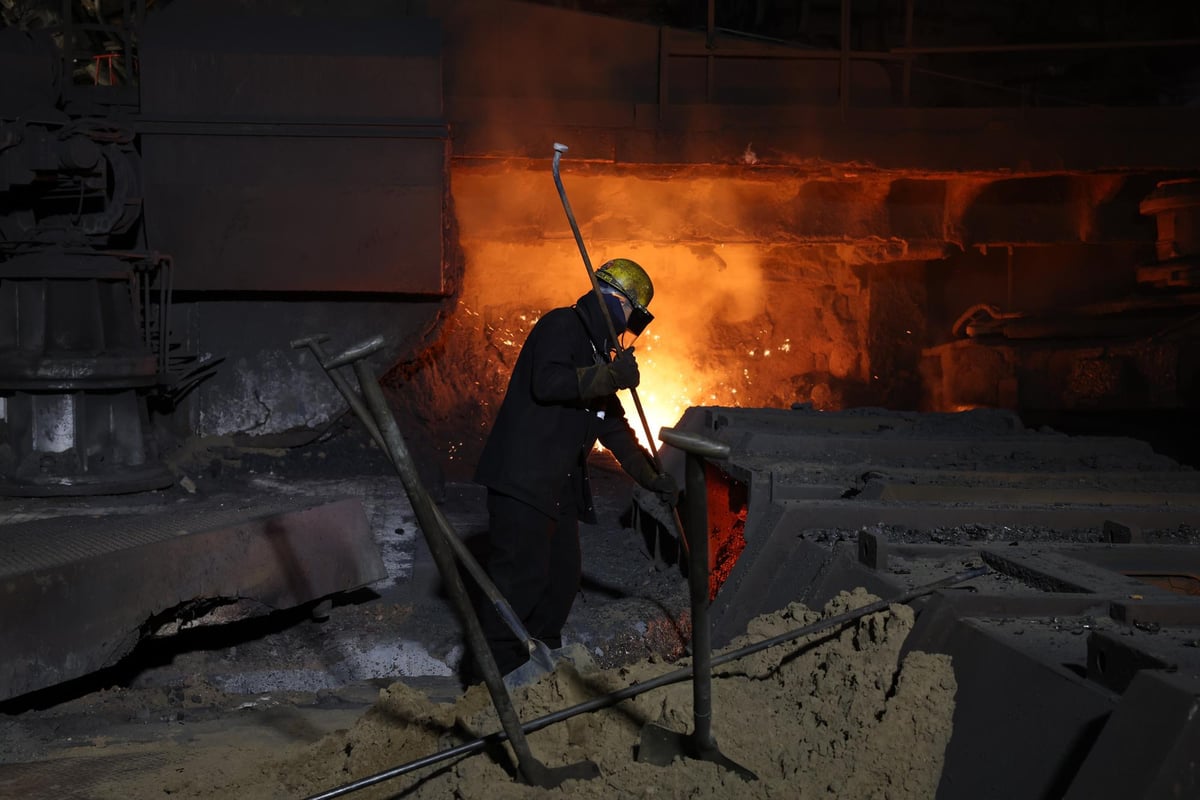At first blush, Scunthorpe may seem unconnected with Scotland . But the two are linked by something unexpected: China . Ever since the UK Government passed emergency legislation allowing it to seize control of British Steel’s plant in the Lincolnshire town after it emerged that its furnaces would soon have to shut, attention has focused on the role of Jingye, the plant’s Chinese owner.
Politicians and others have questioned the wisdom of allowing Chinese involvement in the UK’s critical energy infrastructure. If the country’s sole remaining plant making virgin steel was this close to permanently closing because its Chinese owner wasn’t willing to keep it supplied with feedstock, didn’t this expose questionable dependency on China? In Scotland, a related issue looms. Another Chinese company, Mingyang, is one of the country’s leading manufacturers of offshore wind turbines.

It has seized on the opportunity presented by Scotland’s ambitious plan to develop dozens of wind farms in the North Sea known as ScotWind and INTOG. The Guangdong-based company wants to build a turbine blade factory in the Inverness area to supply those wind farms, most of them floating platforms in deep waters. Mingyang’s plans – first signalled in a memorandum of understanding signed with the former Conservative government in 2021 – await approval from Westminster.
Before Scunthorpe erupted, the decision was a finely balanced one between satisfying security concerns and Labour’s desire to secure inward investment in renewable energy, including from China, the world leader in renewables. The security issue centres on the fact that the operational software embedded in a turbine remains in control of the manufacturer even after it has been installed in a wind farm. Some fear this could be used as a tool of economic coercion by Beijing.
A dependency issue arises because Mingyang is the only company that can currently supply floating wind turbines on a scale needed for ScotWind developers’ business plans. On a visit to Beijing only weeks before Scunthorpe – the first to China by a UK energy secretary for eight years – Ed Miliband signed a memorandum with Wang Hongzhi, head of China’s National Energy Administration, to refresh a ten-year-old bilateral energy partnership. At the time, Miliband said this “signals a shift in the dial in re-engaging with China”.
Yet the Scunthorpe crisis risks throwing this calculus off course. China has already hit back, with its London embassy describing the “anti-China rhetoric” of some British politicians over Jingye as “extremely absurd” reflecting their “arrogance, ignorance and twisted mindset”. This is all playing out as Labour needs investment for its “Clean Power 2030” goals, and as Starmer and his leader in Scotland, Anas Sarwar, face an uphill struggle against a resurgent Scottish National Party ahead of Holyrood elections next year.
John Swinney, First Minister, and his deputy Kate Forbes have woven offshore wind in to their speeches to a degree that implies it has become as important to the cause as North Sea oil used to be. Holyrood has earmarked £30 million in taxpayer funding for the Mingyang factory. A Chinese proverb seems fitting, describing how hard choices are often needed in life: “One cannot have both the fish and the bear paw”.
Jeremy Grant is a freelance writer and former Financial Times journalist.
Environment

Scunthorpe cast long shadow over wind plans

The crisis at the British Steel plant may have repercussions for wind power plans north of the border, writes Jeremy Grant















